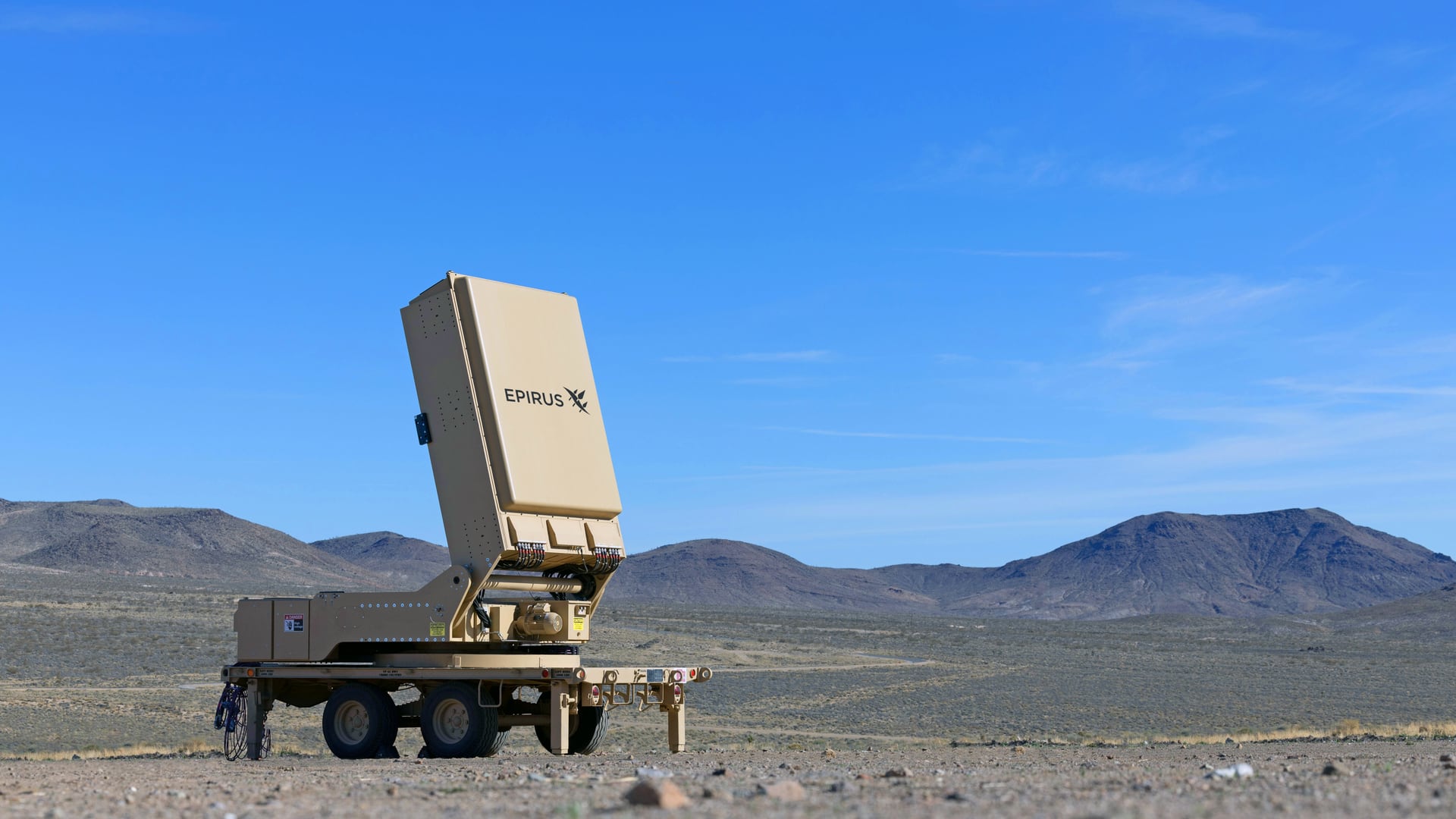WASHINGTON — Anduril Industries unveiled a detonating variant of its Anvil drone it said is capable of intercepting and obliterating nimble overhead threats.
The company, which specializes in autonomy and unmanned aerial systems, said the new Anvil-M was built using input from “real-world combat operations and customer feedback” and can more reliably seek and destroy incoming drones in the Group 1 and Group 2 categories. The groupings denote the speed, altitude and weight of a drone, with 1 being smaller and simpler and 5 being larger and more sophisticated.
“Anvil-M was designed to defeat the biggest threats from Group 1 and Group 2 unmanned aircraft systems to ensure air deterrence,” Neil Thurgood, an Anduril senior vice president and retired U.S. Army general, said in a statement. “Threats will continue to evolve and so, too, will our capabilities, as Anduril will rapidly iterate to meet those threats.”
Anvil-M is the latest addition to Anduril’s counter-drone line of products and takes cues from existing members. The drone is ground-launched, integrating with the company’s mobile home base known as the Launch Box, and links with the artificial intelligence-empowered Lattice command-and-control software.
RELATED

Once tasked, Anvil drones zip toward a target on a collision path. Whereas the original Anvil rams its prey, knocking it out of the sky, Anvil-M uses a fire-control module and munitions payload.
The U.S. Department of Defense is increasingly worried about drones — and is quickly seeking means to counter them. The commercially available equipment can be used to spy and target, as is seen in the Russia-Ukraine war, and can be tipped with bombs for deadly one-way attacks, as is happening in the Middle East. Central Command in January blamed Iran for a drone assault on a base in Syria used by U.S. and local forces, and the Defense Intelligence Agency months later revealed Iranian attack drones were recovered in nearby Iraq.
U.S. Special Operations Command in early 2022 picked Anduril to lead its counter-drone integration efforts. The deal was worth $1 billion. The company more recently secured Air Force contracts totaling $8 million to refine autonomy aboard its helicopter-like Ghost line of products.
Colin Demarest was a reporter at C4ISRNET, where he covered military networks, cyber and IT. Colin had previously covered the Department of Energy and its National Nuclear Security Administration — namely Cold War cleanup and nuclear weapons development — for a daily newspaper in South Carolina. Colin is also an award-winning photographer.








